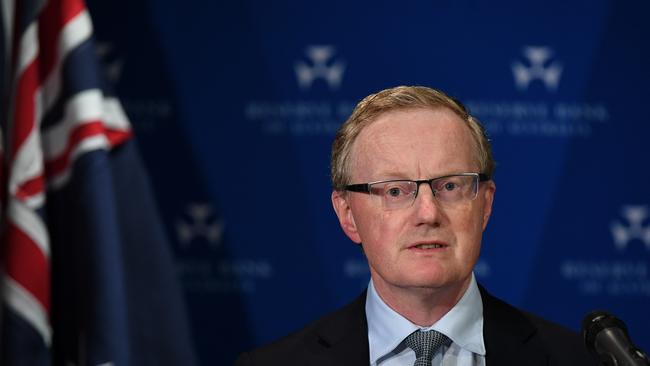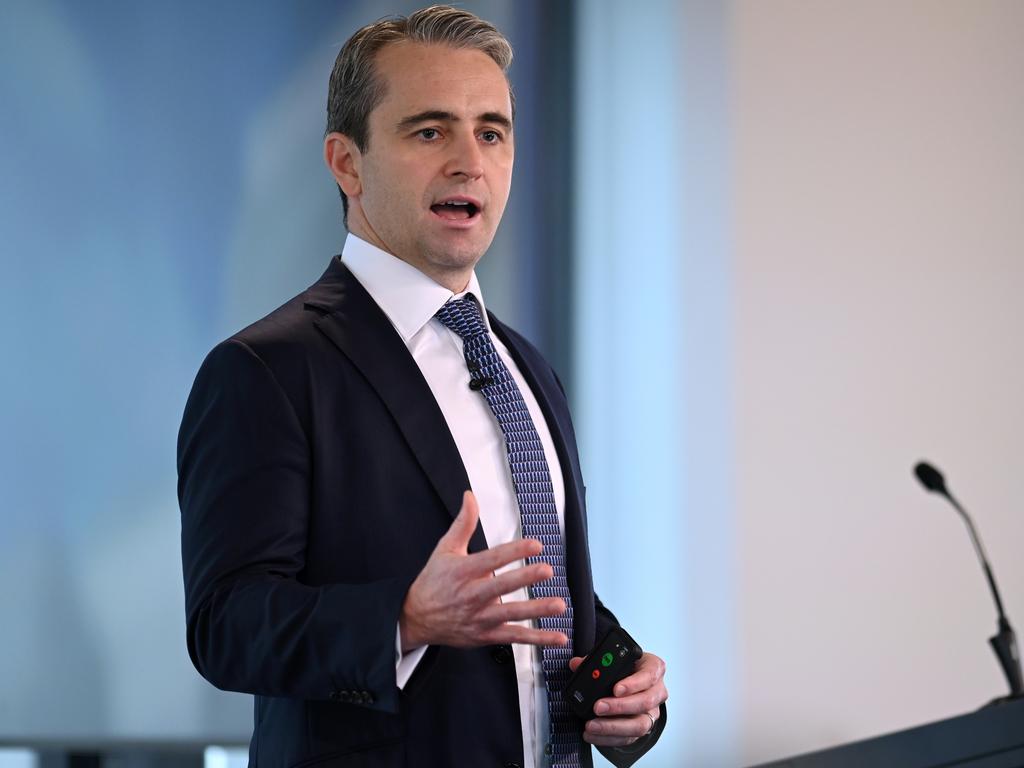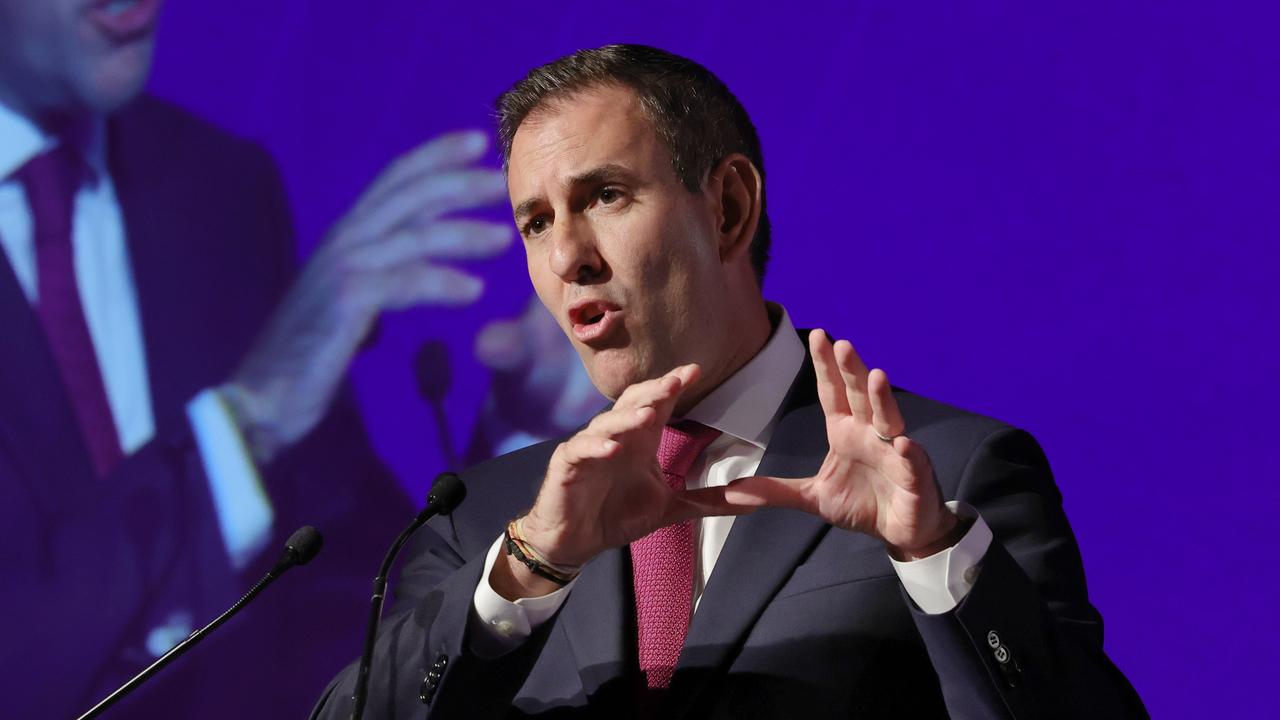RBA starts QE with $5bn bonds purchase
The RBA bought $5bn of government bonds, marking the first instance of unconventional monetary policy in Australia.

The RBA has purchased $5bn of government bonds, marking the first instance of unconventional monetary policy in Australia, in which the central bank immediately expanded its easing program beyond shorter-dated bonds and into longer-term securities.
The purchases were spread across bonds with tenors between two and eight years, although the central bank’s purchasing of three-year bonds did not reduce the yield down to the RBA’s stated target yet.
The RBA bought $1.24bn worth of May 2028 notes at an average yield of 1.052 per cent and $1.6bn worth of November 2027 notes at a 0.972 per cent average yield. On the shorter-end of the yield curve, the central bank bought $658m worth of April 2023 notes at an average yield of 0.272 per cent, and $1.5bn worth of July 2022 notes at a 0.295 per cent average yield.
RBA governor Philip Lowe on Thursday said the central bank was “not seeking to have the three-year yield identically at 25 basis points each and every day” and said the bank would, as necessary, purchase longer-dated securities if needed.
“There will be some natural variation, and it does not make sense to counter that. It may also take some time for yields to fall from their current level to 25 basis points,” Dr Lowe said.
The Reserve Bank has set up a $100bn currency swap line with the US Federal Reserve as part of a global strategy to ensure the Australian and international financial system can continue to function.
The RBA on Friday said it had opened the temporary currency deal to provide additional US dollar liquidity worth $US60 billion ($102bn) in a bid to “lessen strains” in global US dollar funding markets.
The currency swap line allows the RBA to swap Australian dollars for US dollars, which will then be made available to local financial organisations when the central bank conducts is repurchase agreements, known as repos.
The Federal Reserve said the swaps would operate for at least the next six months with the central banks of Australia, Brazil, South Korea, Mexico, Singapore, Sweden, Denmark, Norway and New Zealand for a combined total of $US450 billion ($805 billion).
Those countries were given swap lines during the 2007 to 2009 crisis, and the Fed has permanent swap arrangements with the Bank of Canada, the Bank of England, the Bank of Japan, the European Central Bank and the Swiss National Bank.
The RBA has said that “until further notice” it will be scooping up one-month and three-month repurchase operations, known as repo, which provides short-term cash in the inter-bank lending market.
It also said it will be conducting repo operations of six-months maturity “or longer” at least weekly or “as long as market conditions warrant’’.
Repo agreements take place when commercial lenders temporarily swap collateral assets such as bonds, bank notes, or residential mortgage-backed securities, in return for cash from the central bank.
While the RBA regularly steps into the one-month repo market, it is unusual for it to provide extra liquidity in the three-month repo market, let alone the six-month market.
The RBA had injected a record $12.7 billion into the repo market on Thursday, but on Friday that had fallen to an above average $4.25bn, the lowest level in more than a week.
Excess cash injected into exchange settlement accounts by the central bank also grew to a record $30bn on Thursday.
Along with a reduction in the official cash rate to a new record low of 0.25 per cent, the lowest point the RBA is prepared to take interest rates, RBA governor Philip Lowe on Thursday unveiled a $90bn funding pool to help the banking sector extend cheap loans to small businesses, which was immediately topped up by Scott Morrison with a plan to inject $15bn through the Australian Office of Financial Management to keep the securitisation markets functioning.






To join the conversation, please log in. Don't have an account? Register
Join the conversation, you are commenting as Logout